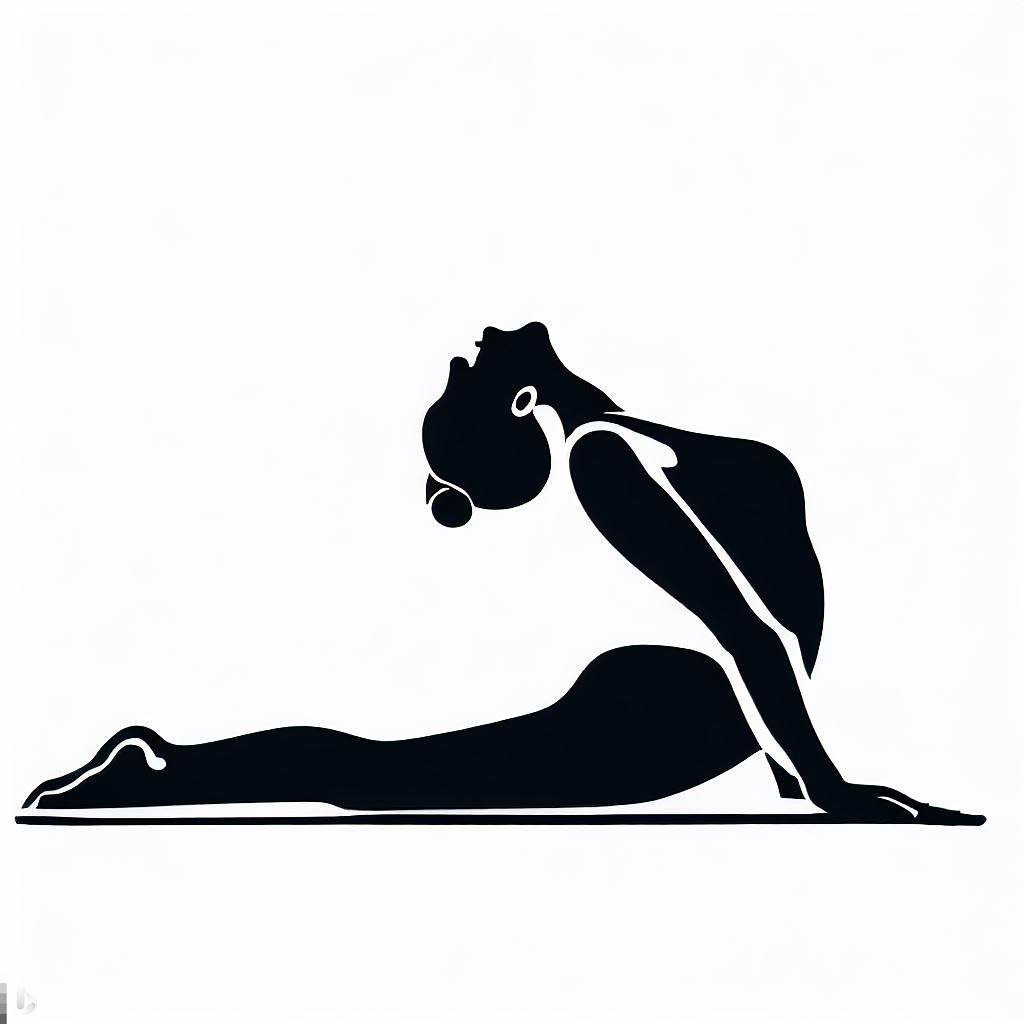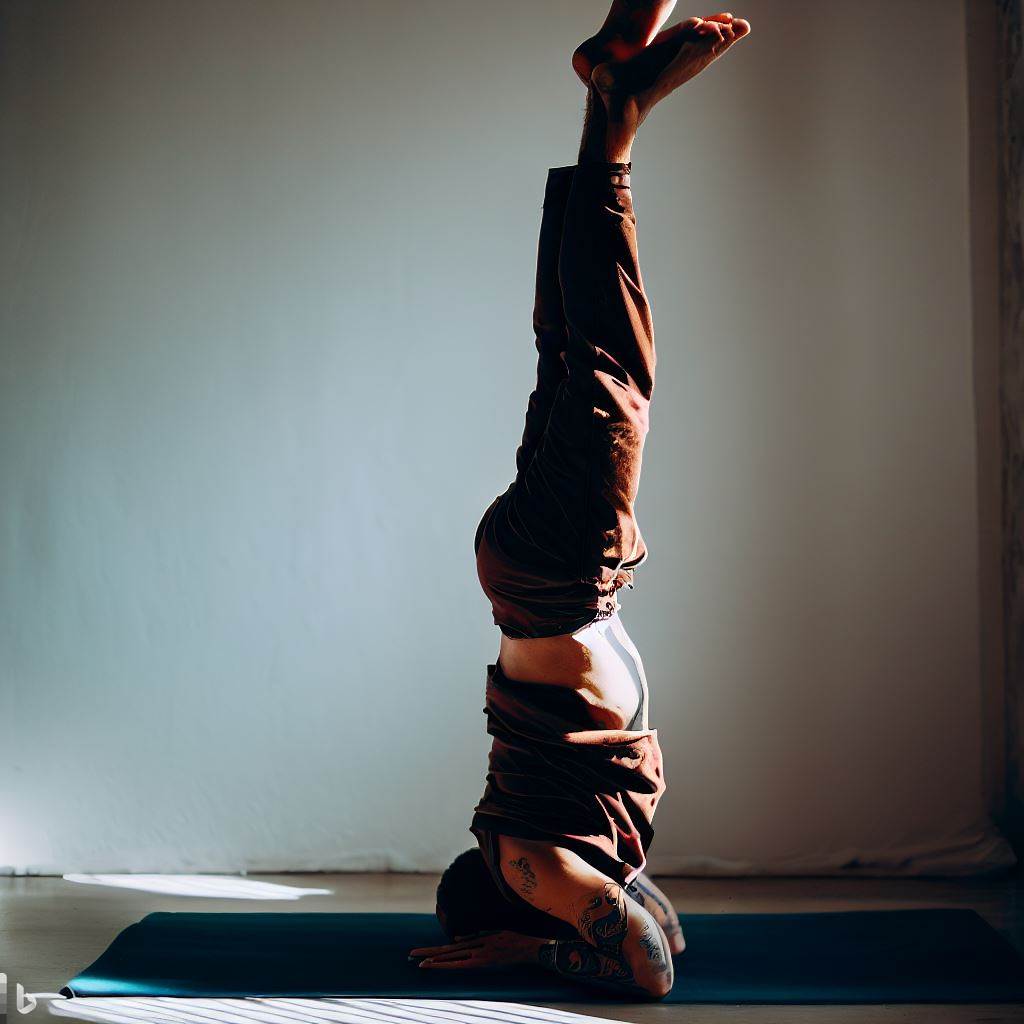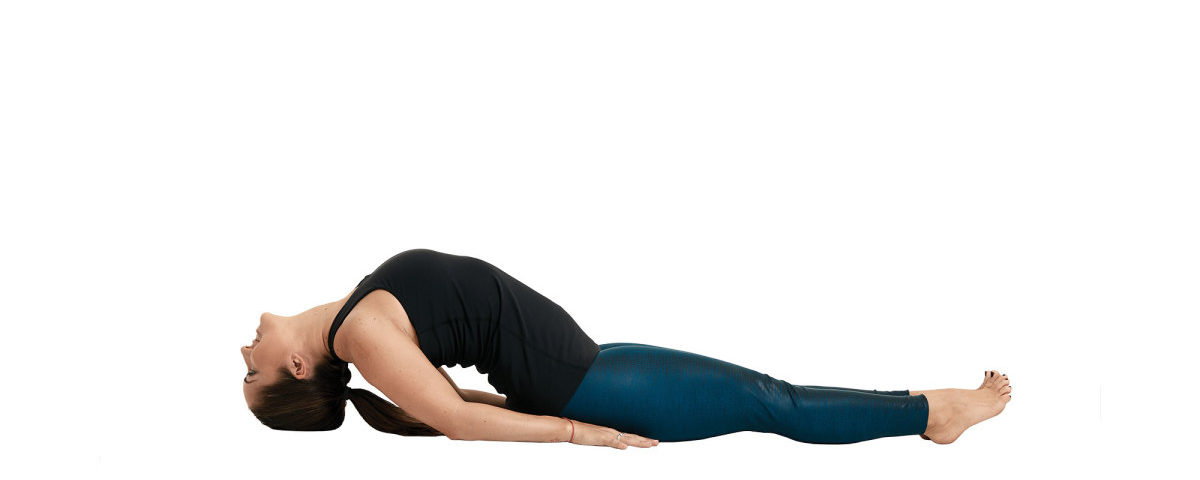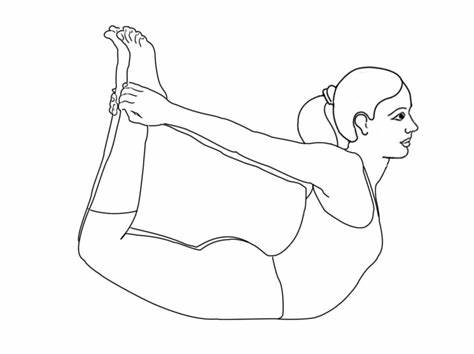5 Yoga Poses to Manage PCOD and PCOS Symptoms

PCOS and PCOD are hormonal disorders that primarily affect women of reproductive age. PCOS/PCOD is defined by the development of small cysts on the ovaries as well as an imbalance in hormone levels such as estragon, progesterone, and androgen.
Yoga is an effective treatment for PCOS/PCOD symptoms. In this blog, we will try to explain how yoga can help with PCOS/PCOD symptoms. Yoga can benefit you in the following ways:
Stress Reduction: PCOS/PCOD can be highly stressful and anxiety-inducing. Yoga relieves stress by stimulating the parasympathetic nervous system, which also endorses relaxation and lowers the stress response that the body experiences.
Hormonal Balance: Specified yoga positions, like the Supported Shoulderstand (Salamba Sarvangasana) and the Fish Pose (Matsyasana), aid in hormone regulation, particularly the thyroid and pituitary glands, which are in charge of hormone regulation.
Weight Management: PCOS/PCOD can cause you to gain weight and make losing weight challenging. Yoga can help you lose weight by enhancing your metabolism, lowering your stress levels, and improving your digestion.
Improved Blood Circulation: Yoga poses like the Cobra Pose (Bhujangasana) and the Bow Pose (Dhanurasana) boost blood circulation to the pelvic region. This improved circulation may aid in the relief of pain and inflammation in the ovaries.
Improved Insulin Sensitivity: Insulin resistance is frequently linked to PCOS/PCOD. Yoga can help you improve your insulin sensitivity and lower your risk of developing type 2 diabetes.
Yoga can be a useful tool for managing PCOS/PCOD symptoms. However, before beginning any new exercise regimen, you should consult with a healthcare provider, especially if you have a pre-existing health issue.
1. Cobra Pose (Bhujangasana):
Bhujangasana also recognized as Cobra Pose is a yoga pose that can help with symptoms of PCOD and PCOS (Polycystic Ovary Syndrome). Here's how Bhujangasana can help with PCOS/PCOD:
- PCOD and PCOS can result in hormonal imbalances and increased insulin resistance, which can lead to poor blood circulation. Bhujangasana improves blood circulation and oxygenation to the reproductive organs while decreasing inflammation and regulating hormonal imbalances.
- Bhujangasana stimulates the ovaries and helps regulate menstrual cycles, which is beneficial for women suffering from PCOD and PCOS.
- Stress is a frequent cause of PCOD and PCOS symptoms. Bhujangasana is a stress-relieving posture that can aid in the reduction of stress and anxiety.

- Lie on your stomach, feet together, toes pointing outwards.
- Place your palms next to your shoulders, fingers pointing forward.
- Lift your chest off the ground gradually as you inhale, keeping your arms straight.
- Maintain a straight, upward gaze while keeping your shoulders down and away from your ears.
- Hold the pose for a few deep breaths, then exhale and return to the starting position slowly.
Rep the body posture 3-5 times more, gradually increasing the duration of the pose as you get more comfortable. Avoid this position if you are pregnant, have a hernia, or have recently had abdominal surgery. Before beginning any new exercise regimen, it's always a good idea to consult with your doctor or a certified yoga instructor, especially if you have any pre-existing medical conditions.
2. Shoulderstand (Salamba Sarvangasana):
Shoulderstand, also known as Salamba Sarvangasana, is a yoga pose that can help with PCOD (Polycystic Ovary Disease) and PCOS symptoms (Polycystic Ovary Syndrome). This pose promotes blood circulation, reduces stress and anxiety, and stimulates the thyroid gland, which can aid in the regulation of hormonal imbalances that are frequently associated with PCOD and PCOS. Here's how Shoulderstand can help with PCOD/PCOS:
- Shoulderstand improves reproductive health by increasing blood circulation to the reproductive organs, which reduces inflammation and regulates menstrual cycles.
- PCOD and PCOS symptoms are frequently triggered by stress. Shoulderstand is a soothing and comforting posture that can help reduce stress and anxiety levels while also promoting emotional well-being.
- The thyroid gland is in charge of regulating the body's hormonal imbalances, which are frequently associated with PCOD and PCOS. Shoulderstands stimulate the thyroid gland, promoting hormonal balance and alleviating symptoms of PCOD and PCOS.
Here's How to do Shoulderstand:

- Lie on your back with your arms at your sides, palms down.
- Lift your legs off the ground, bringing your knees to your chest as you inhale.
- Put your hands on your lower back, elbows on the ground, and fingers pointing up.
- Raise your hips slowly off the ground, keeping your legs straight and your toes pointing up.
- Hold the pose for a few deep breaths, keeping your chin tucked in and your gaze on your toes.
- Slowly come out of the pose by lowering your legs to the ground.
Rep the body posture 3-5 times more, gradually increasing the duration of the pose as you get more comfortable. This pose should be avoided during pregnancy and if you have any neck or shoulder injuries. Before beginning any new exercise program, always consult with your doctor or a certified yoga instructor, especially if you have any pre-existing medical conditions.
3. Fish Pose (Matsyasana):
Fish Pose, also known as Matsyasana, is a yoga pose that can help with symptoms of PCOD (Polycystic Ovary Disease) and PCOS (Polycystic Ovary Syndrome). This pose improves blood circulation, stimulates the ovaries, and reduces stress and anxiety, all of which are beneficial for women suffering from PCOD and PCOS symptoms.
PCOD and PCOS can result in hormonal imbalances, increased insulin resistance, and decreased blood flow to the reproductive organs, resulting in inflammation and irregular menstrual cycles. Fish Pose can aid in the regulation of hormonal imbalances, the improvement of blood circulation, the stimulation of the ovaries, and the reduction of stress and anxiety.
Here's How to do Fish Pose:

- Lie on your back, legs extended, and arms by your sides.
- Place your hands under your buttocks, palms down.
- Press your forearms and elbows into the ground and lift your chest up, arching your back.
- Tilt your head back and place the top of your head on the ground.
- Hold the pose for a few deep breaths, then slowly return to the ground.
Rep the body posture 3-5 times more, gradually increasing the duration of the pose as you get more comfortable. This pose should be avoided if you are pregnant or have any neck or back injuries. Before beginning any new exercise regimen, it's always a good idea to consult with your doctor or a certified yoga instructor, especially if you have any pre-existing medical conditions.
4. Bow Pose (Dhanurasana):

Bow Pose, also known as Dhanurasana, is a yoga pose that can help with symptoms of PCOD and PCOS (Polycystic Ovary Syndrome). This pose stimulates the reproductive organs, improves blood circulation, and reduces stress and anxiety, all of which are beneficial for women suffering from PCOD and PCOS symptoms. Here's How Bow Pose can help with PCOD/PCOS:
- Bow Pose improves overall reproductive health by increasing blood circulation to the reproductive organs, which can reduce inflammation and regulate menstrual cycles.
- Bow Pose stimulates the ovaries, uterus, and other reproductive organs, which can regulate hormone production and alleviate PCOD and PCOS symptoms.
- Stress is a common cause of PCOD and PCOS symptoms. Bow Pose is a relaxing posture that can help reduce stress and anxiety while also promoting overall emotional well-being.
- Lie flat on your stomach with your hands by your sides, palms up.
- Bend your knees and reach back to grab your ankles with your hands.
- Inhale and lift your chest off the ground, simultaneously pulling your legs and arms up.
- Hold the pose for a few deep breaths, drawing your shoulders back and opening your chest.
- Exhale and slowly lower your chest and legs back to the ground, releasing the pose.
Surya Namaskar, also known as Sun Salutation, is a series of yoga poses that can help with symptoms of PCOD (Polycystic Ovary Disease) and PCOS (Polycystic Ovary Syndrome). This sequence improves blood circulation, stimulates the reproductive organs, and reduces stress and anxiety levels, all of which are beneficial for women suffering from PCOD and PCOS symptoms.
Here's How Surya Namaskar can Help with PCOD/PCOS:
- Surya Namaskar is a series of dynamic movements that helps to improve blood circulation to the reproductive organs, which can reduce inflammation and regulate menstrual cycles, improving overall reproductive health.
- Surya Namaskar helps to stimulate the ovaries, uterus, and other reproductive organs, which can regulate hormone production and reduce PCOD and PCOS symptoms.
- Stress is a common trigger for PCOD and PCOS symptoms. Surya Namaskar is a mindful practice that can help reduce stress and anxiety levels, promoting overall emotional well-being.
.jpeg)
- Stand at the front of your mat, feet hip-width apart, hands at your chest in prayer position.
- Inhale, arch your back and look up as you raise your arms overhead.
- Fold forward, reaching for your toes or the ground as you exhale.
- Inhale and return to a high plank position, keeping your body straight.
- Exhale and lower yourself to the ground, keeping your elbows close to your sides.
- Inhale and lift your chest off the ground as you press up into cobra pose.
- Exhale and lower yourself into a downward dog.
- Exhale and raise your arms overhead to stand.
- Repeat the sequence, beginning with the opposite leg.
How Does Yoga Help in PCOD and PCOS Yoga for PCOS and PCOD PCOS and PCOD PCOS PCOD hormonal disorders management of PCOS and PCOD symptoms managing PCOD and PCOS with yoga Yoga for PCOS Yoga of PCOD
Comments